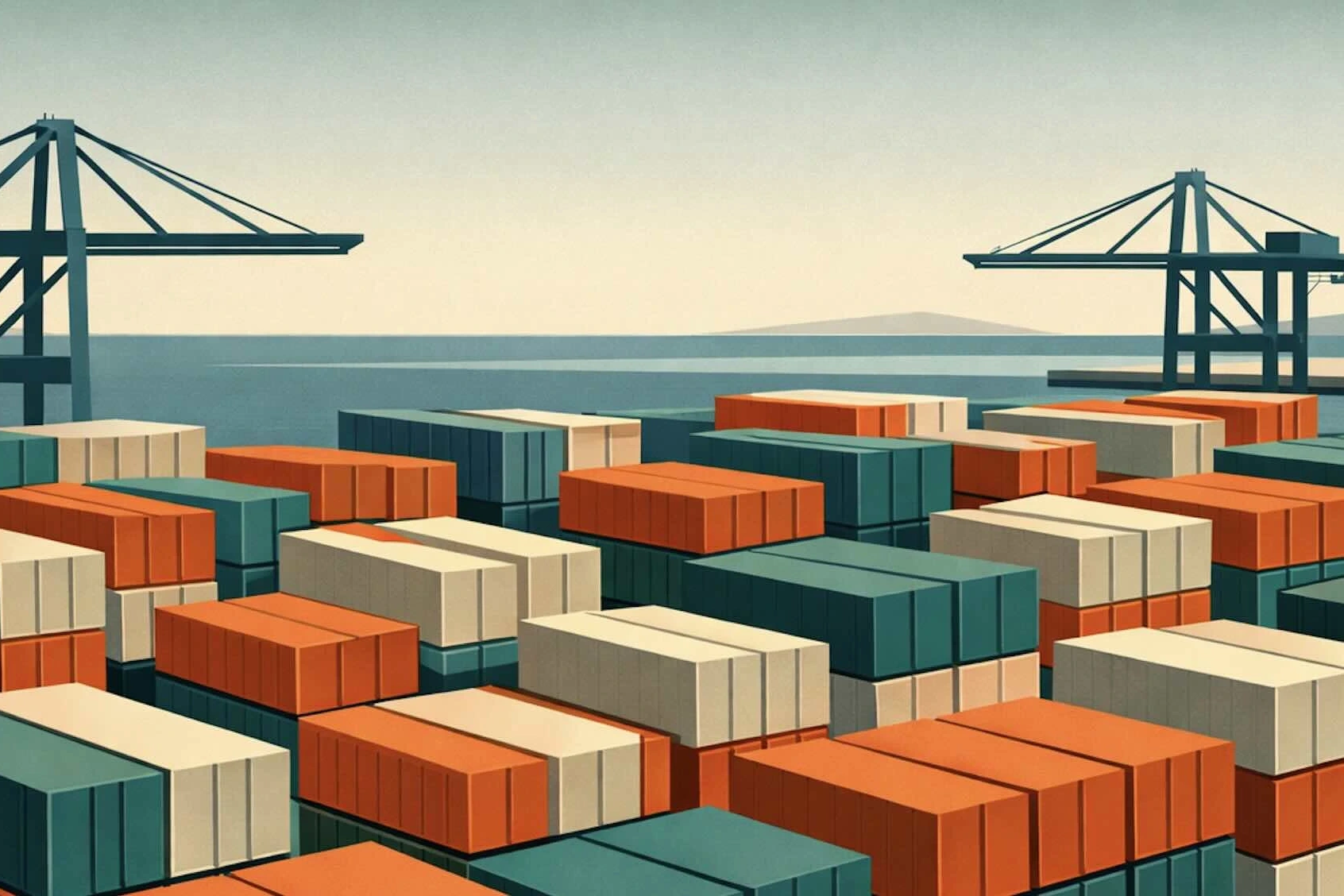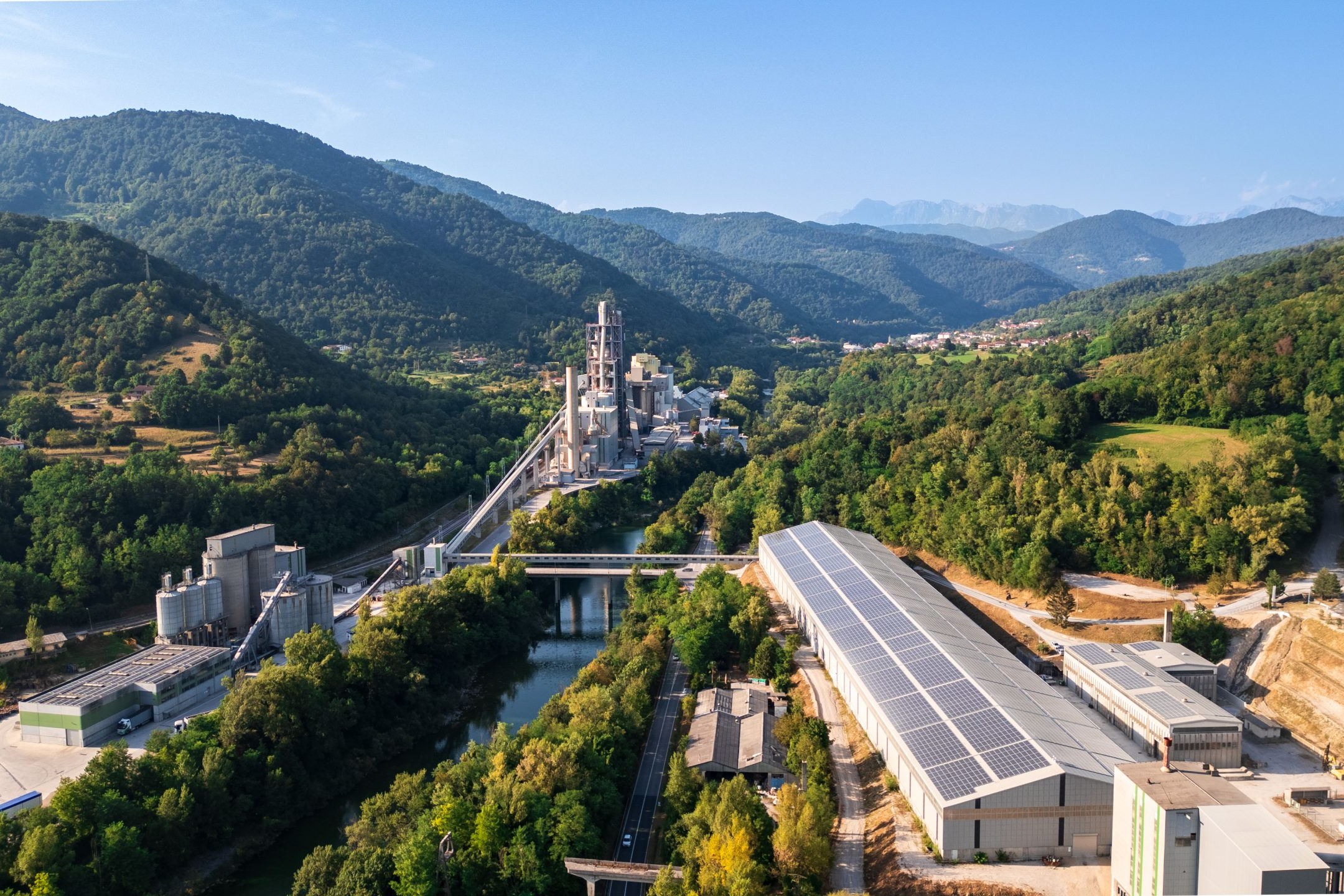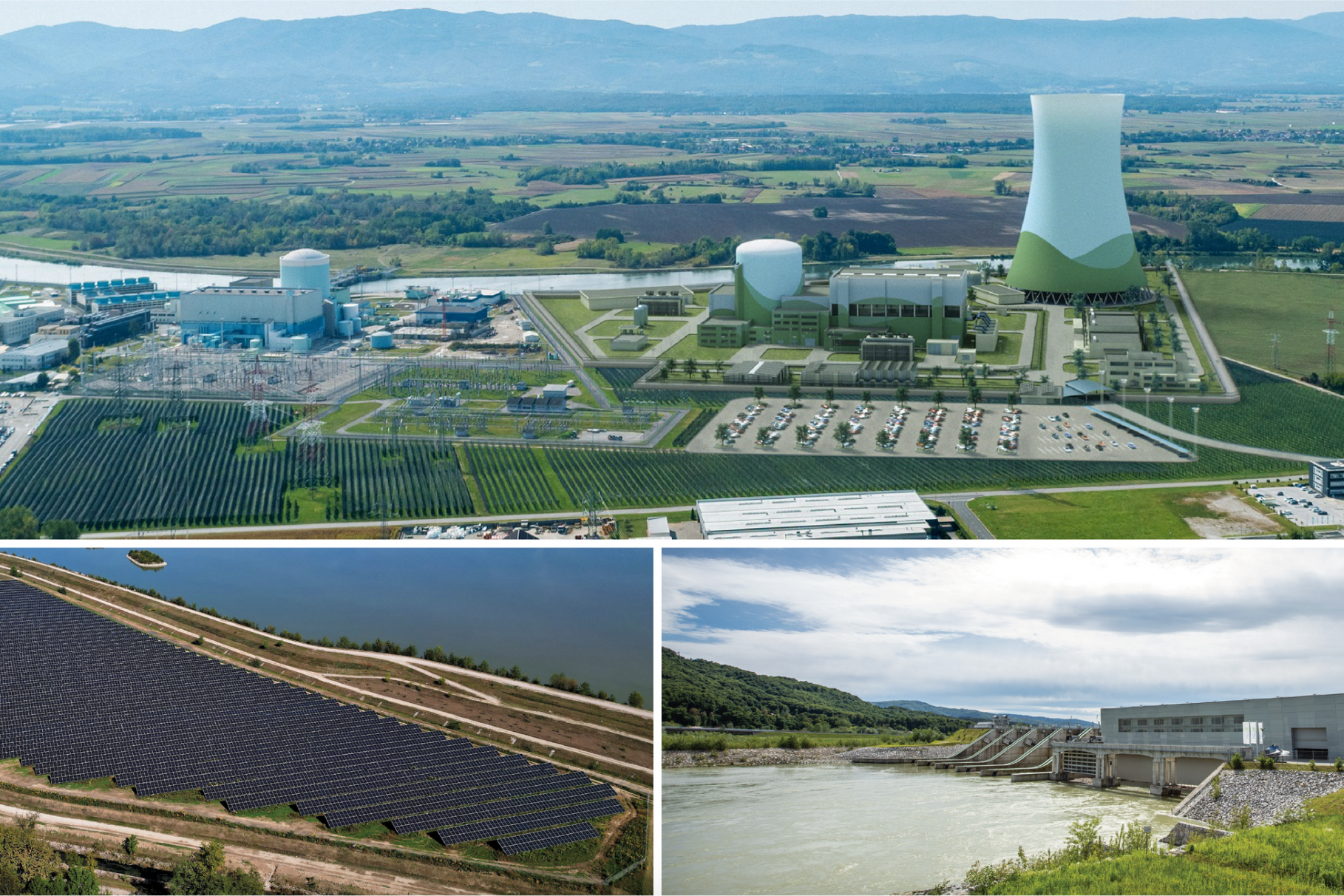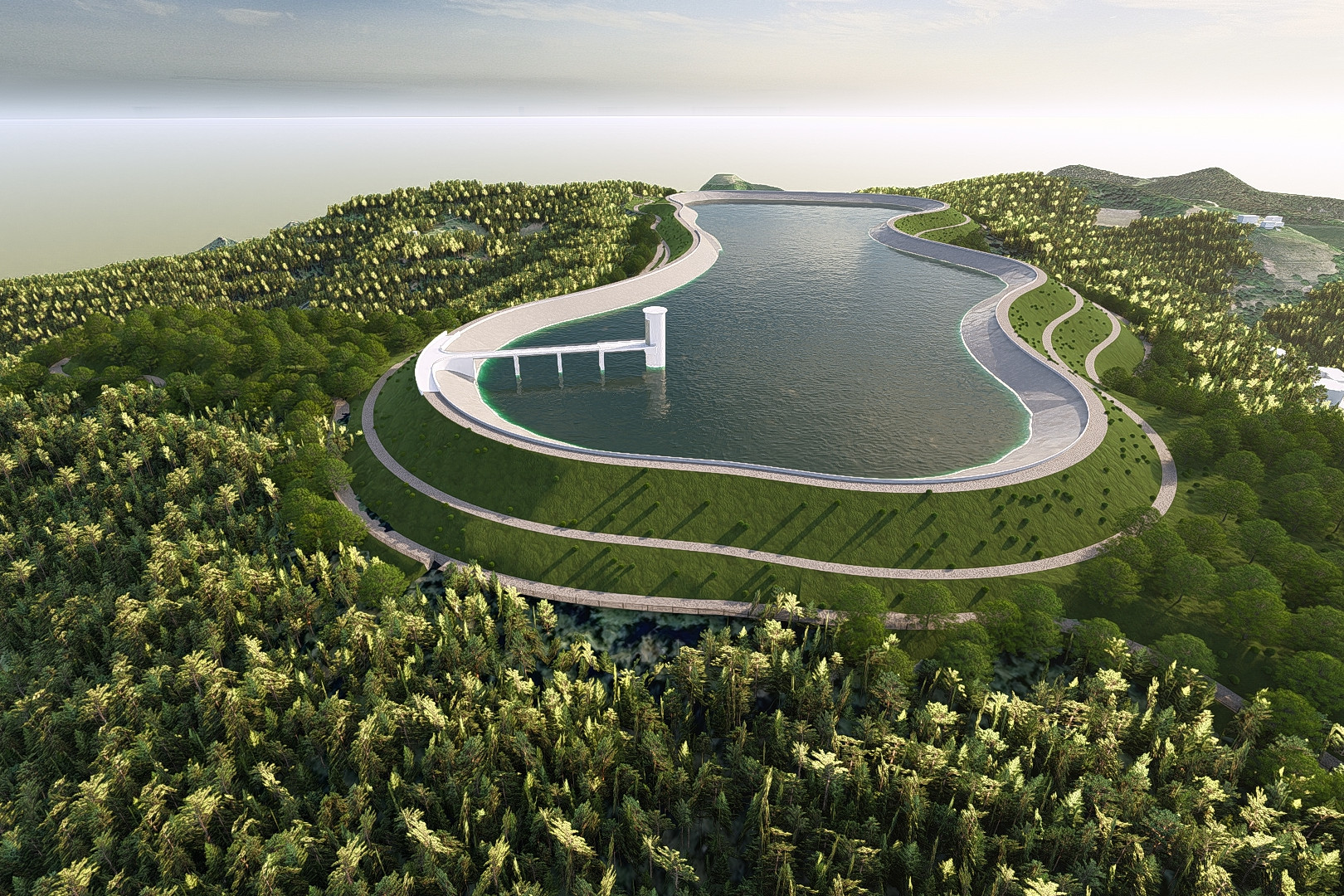Top risks in the Adriatic region in 2025
The Western Balkans face significant demographic challenges characterised by declining birth rates and sustained emigration. Demographic patterns risk converging with those of Southern European countries, presenting important considerations for economic planning and social policy.
Dr Faris Kočan
Birth rates fall short of replacement threshold
One of the biggest challenges facing the Western Balkans today is a demographic crisis marked by low fertility rates and negative natural population balance. The region’s fertility rate averages just 1.5 children per woman – below the 2.1 required for demographic renewal – mirroring trends seen across much of Europe. This decline is compounded by a negative natural balance, where the number of deaths exceeds births, particularly in countries like Montenegro, North Macedonia, Serbia, and Bosnia and Herzegovina. This demographic shift has deep historical roots, beginning with the devastating impact of the 1990s conflicts, particularly in Bosnia and Herzegovina, which led to massive displacement and a lasting brain drain. Current economic conditions, characterised by stagnant growth and low per capita GDP, create additional barriers to family formation, with limited employment opportunities and weak social support systems discouraging young adults from starting families. The situation is further complicated by the high cost of housing relative to wages, inadequate family support policies, and continued emigration of young professionals seeking opportunities abroad, creating a self-reinforcing cycle that threatens to accelerate demographic decline through the 2030s.
Emigration threatens labour market
One of the most significant challenges facing the region is the ongoing demographic decline, driven by high levels of emigration. The situation is further compounded by negative net migration, with around 155,000 people leaving the region annually between 2012 and 2018, primarily for OECD countries. The six countries of the Western Balkans are experiencing these challenges to varying degrees. Bosnia and Herzegovina, for instance, has seen a steep population decline since the 1990s, compounded by the emigration of around 500,000 people over the past decade, which has left certain business sectors struggling to find workers. Serbia has similarly lost over half a million inhabitants since 2011, and projections indicate it could lose an additional 1.5 million people by 2050. Between 2011 and 2023, nearly all countries in the region experienced significant population decline: Montenegro (-0.3%), Albania (-3.9%), Serbia (-6.3%), and North Macedonia (-10.7%), with Bosnia and Herzegovina also showing a steep decline of 9.1% between 2011 and 2019. Kosovo is the only exception, with modest population growth during this period.
Region risks demographic, not economic, convergence with Southern EU
Western Balkans show increasingly divergent demographic profiles, with most countries’ age structures now approaching EU averages. Serbia leads the aging trend with a median age of 44 years, followed by Bosnia and Herzegovina (43), while North Macedonia and Montenegro both record median ages of 40. Only Kosovo (33) and Albania (39) maintain relatively younger populations, though this advantage is eroding. In 2023, the proportion of the population under 15 years old was notably low across the region – 14.3% in Serbia, 16.5% in Albania, 17% in North Macedonia, and 17.9% in Montenegro – far below Kosovo’s 24% in 2020. These figures suggest the region, excluding Kosovo, is tracking toward Southern European-style demographic challenges, particularly mirroring Portugal, Spain, Italy, and Greece. As these countries experience an ageing population, they will likely confront similar issues around living standards, healthcare, and social services, which will require urgent attention to sustain quality of life and economic growth.









